Article body copy
When I was a teenager in the mid-1990s, I had a friend whose family owned an unimproved lot on Dabob Bay, a bay off a fjord nestled deep in the southern Salish Sea, in Washington State. My group of friends, almost all of us the broke, angst-ridden, poorly supervised children of divorce, would camp there on weekends. We swam, sunbathed topless without sunscreen, smoked weed and drank liquor purloined from our parents, and danced around bonfires listening to Portishead. The rocky beach was flush with oysters, and we shucked them in situ and swallowed them alive, or else roasted them over the fire. All day we’d feed the bonfire, heating big rocks, and at night we’d drag the hot rocks into a dome of cedar branches with a tarp over the top. We’d sweat until we were dizzy, then race naked to the shore and dive into the water.
Now, decades later, we’ve scattered and grown responsible. I quit drinking and always apply sunscreen when sunbathing topless. Like my friends, I buy most of my food at Costco and Trader Joe’s. All of us are Very Busy People. We stare at our phones and we sit in traffic and we type “I apologize for the delayed response” as we endeavor to achieve inbox zero. When we get together, we talk about the outrageous cost of housing, our kids, and how our retirement accounts are looking (not great).

The author, far left, and her friends camping along the shore of Washington State’s Dabob Bay in the mid-1990s. Photo courtesy of Emma Marris
But the halcyon days of youth linger in the mind the way the briny taste of an oyster lingers on the palate. My friend Julia writes in the group chat one day, nostalgic, saying that she had just assumed life would always be like that—and then it wasn’t. “I’ve never again had an oyster I didn’t pay absurd amounts of money for,” she says. “I’ve never again eaten oysters until my belly was full.”
Julia now lives in London, England, but I’ve returned to the coastal Pacific Northwest after decades inland. So what’s my excuse? Why haven’t I harvested shellfish for more than 25 years? I call up Camille Speck, the Puget Sound intertidal bivalve manager at the Washington Department of Fish and Wildlife, to see if collecting and eating bivalves is still a thing. Her answer surprises me, given that my youthful experiences of eating wild shellfish feel like semimythical memories from a bygone golden age.
Shellfishing is not just still a thing, she tells me, it’s kind of trendy, at least in Washington. Most shellfish populations are still in good shape, and safe to eat as long as the water is clear and cold. Half the harvestable surplus of shellfish is reserved for Washington’s Indigenous tribes; the other half is available to anyone with a license. State managers set limits and seasons to make sure public beaches aren’t overharvested. And although there’s no danger of running out any time soon, shellfish stocks need to be managed more thoughtfully these days. Since the COVID-19 pandemic, there’s been “an enormous spike in interest” in harvesting shellfish, according to Speck.

People gather at Twanoh State Park, in Washington State, to dig for shellfish. Photo by Bennett Whitnell
I’m not surprised that people have turned to the intertidal for solace during times of crisis. Shellfishing elicits some of the most primal positive emotions of our species: the dopamine rush of searching for rewards, and the deeply ancient bliss of finding food outside with your kin. The oldest known shell middens—heaps of empty shells left by human harvesters—are found in southern and northwestern Africa and date back to the Last Interglacial, around 128,000 years ago. But scientists assume people have been eating bivalves for much longer, essentially as long as humans have lived on coasts. Some anthropologists even think our aptitude for gleaning in the intertidal kicked off the population boom that eventually nudged humans to explore beyond our homelands in Africa.
Speck says that she enjoys wholeheartedly promoting the pastime of gathering shellfish to contemporary humans, since there are plenty to be had. She mentions she is leading a Digging for Dinner clamming workshop in April near Quilcene, Washington, just down the road from Dabob Bay, so I gather up some of my old high school friends to attend. (Julia can’t make it, alas.) We have stayed in touch and maintain a busy group chat, but we don’t often manage to wriggle out of the grind of caring for our kids, working more than full-time, and looking after aging parents. For most of us, it’s been decades since we ate anything we didn’t pay for.
We rent a cabin from a guy who moved to the misty moss-draped Olympic Peninsula in Washington from Los Angeles, California, seeking tranquility and rest. He seems a little lonely, though. The weather is rough. Wind picks sheets of water up off the beach and hurls them in our faces. Speck calls it “nose-drip weather.” Luckily, clamming for Manilas is dead easy. On the right beach, you just rake through the top few centimeters of sand and there they are, simply waiting to be plucked: fat little clams with ridged shells in subtle earth tones, pale grays, and rosy taupes and creams. They feel absurdly abundant. “What a gift!” someone calls out. The hardest part is keeping count.
Each clam must be at least 3.8 centimeters across the longest part of the shell. My friend Kim talks to the clams as she rakes them out of the sand. To the little ones she says, “Okay baby, you can go back.” To the big ones she says, “Gotcha!” “I like bargaining with nature,” she explains. We each get our limit of 40 clams in less than 20 minutes.

The author’s friends—Cedar Burnett, Kim Mosolf, and Claire Zimmerman—dig for clams near Quilcene, Washington. Photo courtesy of Emma Marris
I worry that because it happened so quickly, we didn’t fully experience the harvest together. But we make up for it by cooking together slowly at the cabin while catching up. We purge the clams in salt water for hours, then scrub and rinse them. My friend Cedar is highly fastidious, but her vigilance ensures our clam bucatini is 100 percent sandless. The clams are buttery, firm, and oceanic but assertively meaty. We invite our host, who has never gone clamming himself, to eat with us. He sits on the stairs and tells us about his life.
It would not have remotely occurred to us to share our dinner with this man if we had picked up sandwiches or even purchased the clams from a fishmonger. It was because they were acquired outside of the cash economy, because they were just generously given to us by the Ocean herself, that we felt the urge to share.
For Rachael Seevers, left, and author Emma Marris, right, the hardest part of clamming for Manilas is keeping count. Photos courtesy of Emma Marris
Though it’s been a long time since I’ve dug clams or gathered oysters, I’m probably the biggest forager among my friends. I spend a decent amount of time in the woods hunting for mushrooms, and I married into the kind of family that hunts and fishes and gifts us venison, duck, and salmon. Last year I moved to Portland, Oregon, and with my husband and kids, put in a legit vegetable garden where we grew tomatoes, kale, herbs, and long, pale, curved Armenian cucumbers that wouldn’t fit in the fridge.
I’ve noticed that I treat all this noncommercial food very differently than I treat the stuff I get at the grocery store. Bought food is purchased and then eaten by my immediate family—or not. If we have to throw some out, I feel guilty, but only for a moment. Grown, gathered, hunted, or foraged food is almost always shared. We bring it to people as gifts; we serve it at dinner parties; we mail it to family members. Recently, my husband’s uncle sent us a flat-rate box filled with hot peppers he grew on Whidbey Island, Washington. I used some to make harissa, which I then gave to my cousin. And this noncapitalist food is almost never wasted. If we must build a whole meal around the one eggplant we managed to grow, we will try. If we have to force tomatoes on neighbors and co-workers, we will.
My 12-year-old son says mushrooms, clams, and berries gathered by family or friends taste better than purchased food because of the “satisfaction” of acquiring them. I think this is another way of saying that the memory or the story of acquisition makes the food more meaningful. We focus on it more. We don’t mindlessly inhale it while doomscrolling or standing in front of the sink. And attention awakens the taste buds by giving them access to our focused consciousness, allowing us to enjoy the signals they send to our brains. We pay attention, which can be a form of respect.
When we buy food, we pay for it with money. Our relationship is with the vendor. The food is an object for sale. But when we acquire food with our own bodies, our relationships are with the organisms we’re eating, and with the lands and waters where they live.
I haven’t gotten shellfish out of my system, so in August, I go to Twanoh State Park, Washington, on a busy Sunday to interview shellfish harvesters. Families speaking Ukrainian are setting up to cook lunch on the grass; Twanoh is a well-known gathering spot for Ukrainian émigrés, said to be somewhat reminiscent of the beaches on the Black Sea. On the shore, a symphony of cheerful talk in a dozen languages is peppered with the cries of seabirds. People in little knots and circles are digging clams and gathering oysters at low tide. As far as I can tell, everyone is harvesting in a group. I approach one woman who looks like she is foraging solo, but it turns out her quarry is beautiful stones: a different, more individualistic quest.
At Twanoh, one can dig 40 Manila clams per person per day until the season closes. Oyster season runs longer, but you must shuck the oysters on the beach and leave the shells, because they make the perfect substrate for the next generation.

“When we buy food, we pay for it with money. Our relationship is with the vendor. The food is an object for sale. But when we acquire food with our own bodies, our relationships are with the organisms we’re eating, and with the lands and waters where they live.” Photo by Bennett Whitnell
Both Manila clams and Pacific oysters were introduced into this ecosystem by humans. Pacific oysters were introduced in 1919 by Japanese American oyster farmers. In Puget Sound, Washington, oyster farmers preferred the Japanese species to the quarter-sized native Olympia oysters, which were in decline. (Today, Olympias are apparently making a comeback.) The Pacific oyster spread widely beyond commercial farms and naturalized. Manila clams accidentally came along with the oysters, but like Pacific oysters, they have been welcomed instead of reviled as “invasive.” It helps to be delicious—and basically harmless. Manilas coexist with the native littleneck clams; Pacific oysters are lauded for filtering the water and creating reef habitat. The state actively seeds both species, scattering babies into the wild to replenish their populations from the harvest.
I approach one young man in purple shorts who is sitting on a turquoise stool with a plastic container of shucked oysters between his feet. “We’ve been doing this since I was a kid,” Jeremy Rivera says. His parents emigrated from the Philippines. He comes out, he says, to spend time with his parents, aunts, uncles, and cousins. The family assembles at the park, sometimes after going months without seeing each other. “It’s nice to get your food from outside the commercial system,” he adds. Today, his nieces, 15 and 11, are joining for the first time.
Another multigenerational family tells me something similar. They are from all over the area, but they gather at Twanoh. “It is kind of meditative, like doing yard work,” one woman tells me, slowly raking. “No rush; take your time.”
“We’ve done this since before it was cool,” another family tells me. “It is a really easy activity; you just need a shovel and a nice day.”

All you need to harvest shellfish in the Pacific Northwest is a license, a shovel, and some free time. Photo by Bennett Whitnell
Some people prefer not to give their names, but everyone happily shares their favorite way to relish the sea’s bounty. I gather recipes from across the beach: clams and oysters steamed, stir-fried, grilled, deep-fried, and served with garlic butter, thyme, rosemary, salt, and pepper—“something not too complicated”—or steamed with lime and fish sauce, Vietnamese style.
Erin Tang tells me her family is from South China, so shellfish was part of her childhood. Now she takes her own children clamming. They are still just toddlers, getting blissfully sandy. “It is really important to me that we stay within the limits set by Fish and Wildlife,” Tang says. “Then everyone can have the experience.”
But for how long? What about climate change? Our warming climate is heating the seas, which means more closures to protect people from paralytic shellfish poisoning and other pathogens. And as more carbon dioxide builds up in the atmosphere, it also builds up in Earth’s oceans, raising the acidity of the water, possibly to a point where it begins to affect the calcium carbonate of mollusk shells. I don’t want to linger on this point because it is too much for me to bear the thought of a world without enough shellfish to go around. But there it is. Just as the inevitability of death always lingers at the periphery of even our purest joys, so now too does the awareness of climate change hover at the edges of our consciousness every time we enjoy the natural world around us.
I refocus on the day, the moment, the difficult task of clambering across the shell-covered beach. A small boy from Olympia, Washington, named Jayce, shows me a tiny eel-like gunnel fish he’s found under a rock. “It is good to get him away from the screen,” his mom says, while his dad shucks oysters on a plywood table he’s set up. An old woman and a very small boy squat together on a rugged rubble of oyster shells. His rubber boots are decorated with stars and planets.
The tide is coming back in. I flip through my notes. I realize every single group I spoke to said they harvested shellfish to spend time with their family. Most people mentioned family before they said anything about the taste of the clams or oysters.

Many people at Twanoh State Park harvest shellfish to spend time with their families. Photo by Bennett Whitnell
Before I get in my car to go home, I figure I should collect some clams to bring to my own family, lovely people whom I am suddenly missing. I am in possession of an annual license, after all. I hastily collect 40 Manila clams, digging with an empty oyster shell. Digging all alone, I feel a bit weird, even suspect. The action feels more nakedly extractive than when undertaken in a convivial team.
I don’t have anything to carry my clams home in alive, so I stop at the marina in Union, Washington, hoping to buy a bucket. All they have is wine, high-end cheese, charcuterie, and quirky souvenirs for tourists, but the owner finds a plastic container for me in the back. My 40 clams ride back home with me on the floor of the car, and we steam them the next day for dinner.
Wild foods are a significant source of calories for an estimated one billion people. A study of rural, lower-income households in tropical or subtropical Africa, Asia, and Latin America found that 77 percent harvested wild foods, and a total of 461 types of food were collected. When poor people gather food, it gets called “subsistence;” when rich people do it, it’s “recreational.” I think there are a lot of similarities between these two supposedly disparate activities: the pleasure in the act and in the eating, the way we share what we find.
Still, many of the people I interview at Twanoh aren’t here out of economic necessity. Many have driven a long way to get to the beach; when you add up the money spent on gas, tools, and the shellfish license (although at just US $17.40 per year for Washington residents, it’s a bargain), plus the time invested, it is almost certainly easier and perhaps even cheaper to simply buy shellfish. You can get a pound of clams at Pike Place Market in Seattle, Washington, for $11.99 (or around $27 for a kilogram). Oysters are $18.99 a dozen, although Julia could pay up to $100 in a London restaurant. But the point is to bypass that kind of transaction—to gather shellfish yourself and eat them with your loved ones.

Buying shellfish is almost certainly easier and perhaps even cheaper than harvesting it yourself, but for many people, that isn’t the point. Photo by Bennett Whitnell
I cannot count the number of times I have read discussions on how the foam tray, cellophane wrap, and pre-butchered state of grocery-store meat alienate us from the living individual the meat once was. But all purchased food is at some level alienating; the economic transaction is salient and central, while the essential transaction—the moral and ecological transaction—between two groups, the eaters and the eaten, is elided.
Human cultures have created many religious, legal, and scientific frameworks in which to understand and shape this ecological transaction. A religious ritual in which people ask permission to harvest or kill is one framework. Laws are another. Some see the legal limits on harvest set by governments as infringements on their freedom; Tang sees them as an expression of a community’s commitment to share a resource and an experience. One could also see it as a contract between humans and shellfish. We will take you and eat you, but not all of you. We will not be greedy.
To keep our contracts with other species, those other species must be allowed to persist. We must harvest them gently enough so that they are still there to feed our kind centuries from now. I am an optimistic woman, and I do not believe that everything is worse than it used to be. In lots of places, the air and water are cleaner than they were when I was a kid. You can eat blackberries by the side of the road without them being coated in lead exhaust. But I feel the gnawing sense that so many others feel about the abundance of many species declining. The natural world seems thinner, somehow, than it did when I was a kid.
I remember, back in 1991 when I was 12 years old, spending the summer on Denman Island, British Columbia, one of the Gulf Islands between Vancouver Island and the mainland. My parents’ marriage had just busted up, so my mother scraped together the money to rent a house for herself and her three kids to heal there. I was sad about the divorce, but I knew even then it was for the best. Mom’s boyfriend Fernando came to visit on weekends, doing all the right things to get in good with me and my brothers. He brought us to the movies, bought us Nintendo-themed cereal, and took us oystering and clamming.

A diary entry by the author from the early 1990s. Photo courtesy of Emma Marris
In my memory, the beaches of Denman are absolutely carpeted with life. The tide pools are crammed with urchins, sea squirts, jewel-toned sea stars, and coquettish octopuses. There’s kelp up to our ankles, clouds of sand fleas, fuzzy living sand dollars, and heaps upon heaps of oysters. My mother, more relaxed than I have ever seen her, shucks the oysters open with an elegant, competent insouciance, and we eat them raw.
I haven’t been back to Denman Island since that magical summer when I was 12. Even armed with peer-reviewed papers about broadly stable species population trends, I am afraid. I am afraid the beach will seem sparse and lifeless.
How much of this sense of eroding abundance is real? It’s complicated. Some populations of wild organisms have declined since the 1970s; others are increasing, and most are stable. (You may have heard that we’ve lost 70 percent of wildlife since 1970; that statistic is based on the mathematically flawed Living Planet Index. While a few populations are experiencing catastrophic declines, most are not.) There is, as one study put it, “a balance of winners and losers in the Anthropocene.”
I think the reason that we nevertheless feel a kind of constant low-grade dread about nature is that the declines of the “losers” are genuine tragedies, whereas we don’t always know how to feel about the “winners.” Is the global expansion of Pacific oysters and Manila clams okay? How do I feel about the fact that there are now hummingbirds whizzing around my childhood home in Seattle in January? Change can feel like loss, even if it is gain.
What I miss is not worrying—about species abundance declines, about ecological change, about the Anthropocene. There was a certain carelessness with which my friends and I ate shellfish in our youth. We didn’t, at the time, marvel at the amazing experience we were having. We didn’t notice we were eating outside of capitalism, or that we were having a direct, unmediated relationship with another species, or that we were cementing our bonds of love and friendship by foraging and eating together. We did not think about how climate change could destroy oyster populations or how pollution could poison them. We did not feel lucky or grateful. We just reached out and took what was abundant and freely given. And that includes time—idle, analog time together. As Julia says, “I took it all for granted, thinking life would be full of camping trips with best friends on beaches and an endless supply of fresh oysters … but in reality, those occasions were so unique and fleeting.”
I like to imagine a future where people can take the abundance of nature for granted like lazy teenagers. Not in a profligate, wasteful way but in a confident way—a confidence that stems from trusting that our human cultural systems will ensure the continued abundance of nature for millennia to come. This is the utopia I dream of: a low sun, a beach fire, the bay as flat and cold as gray slate, a small pile of empty oyster shells growing slowly larger, the laughter of my friends.


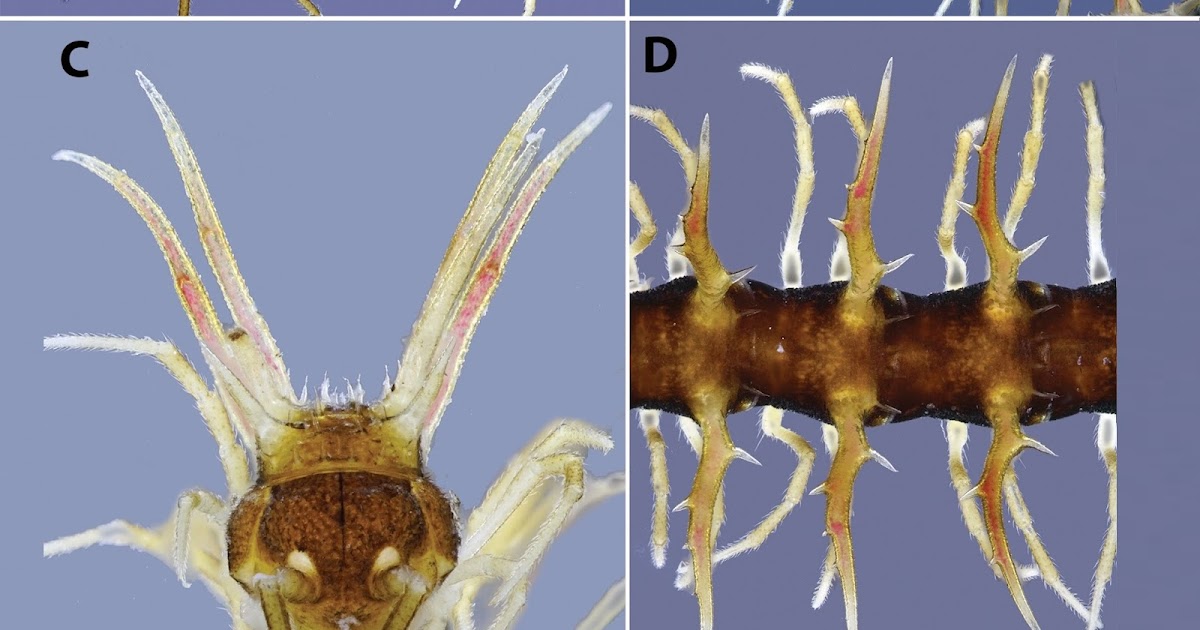
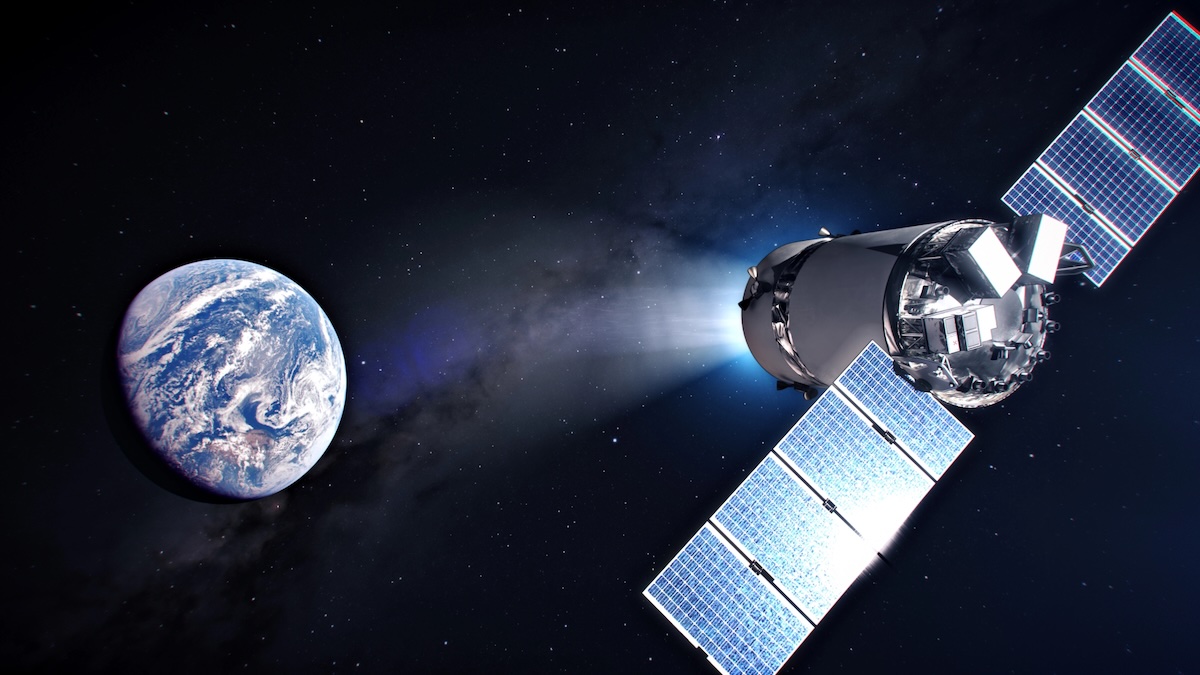
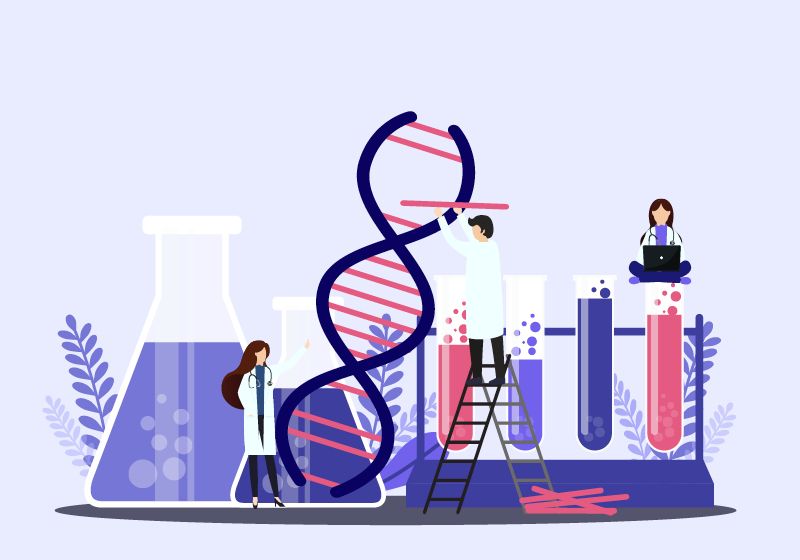

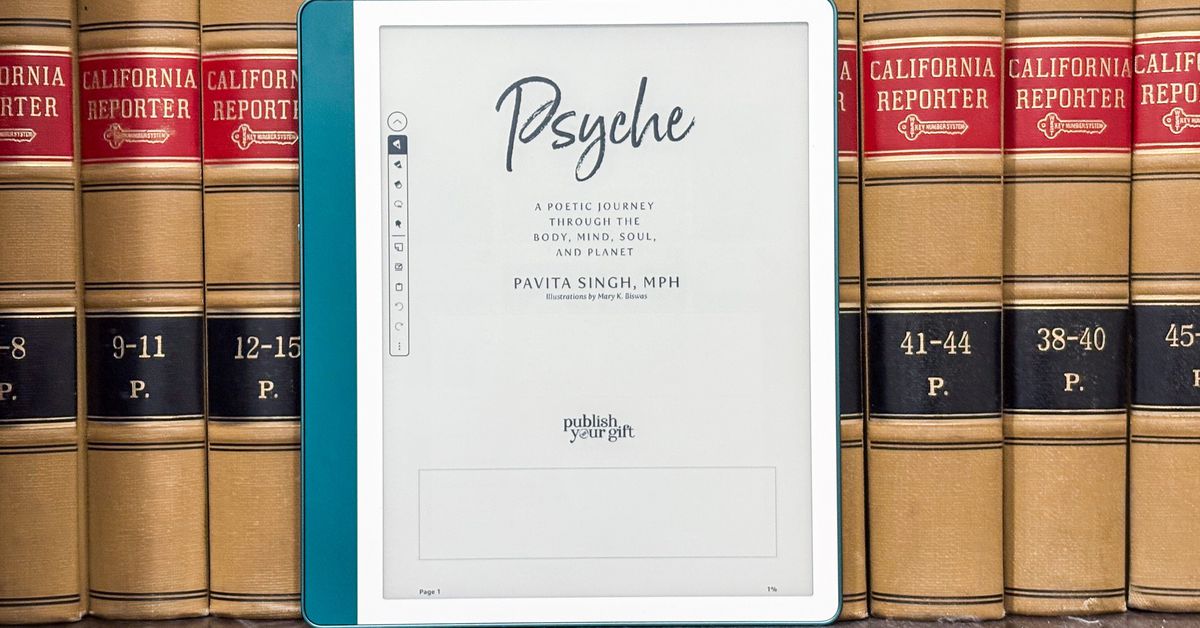
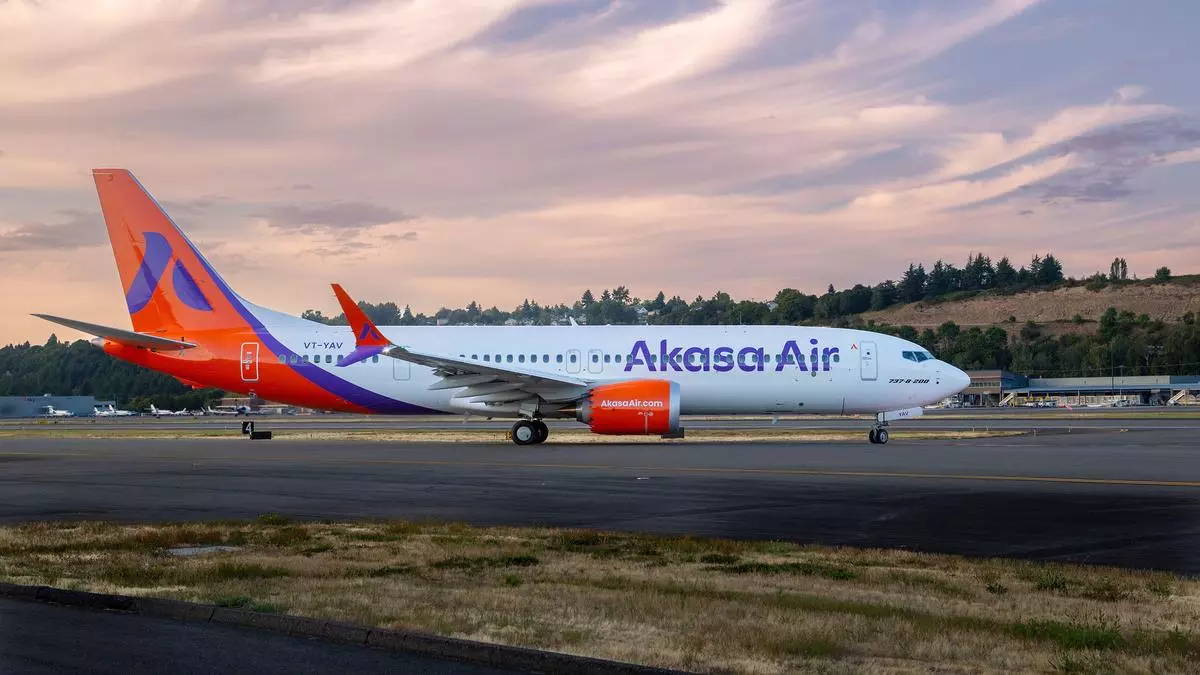
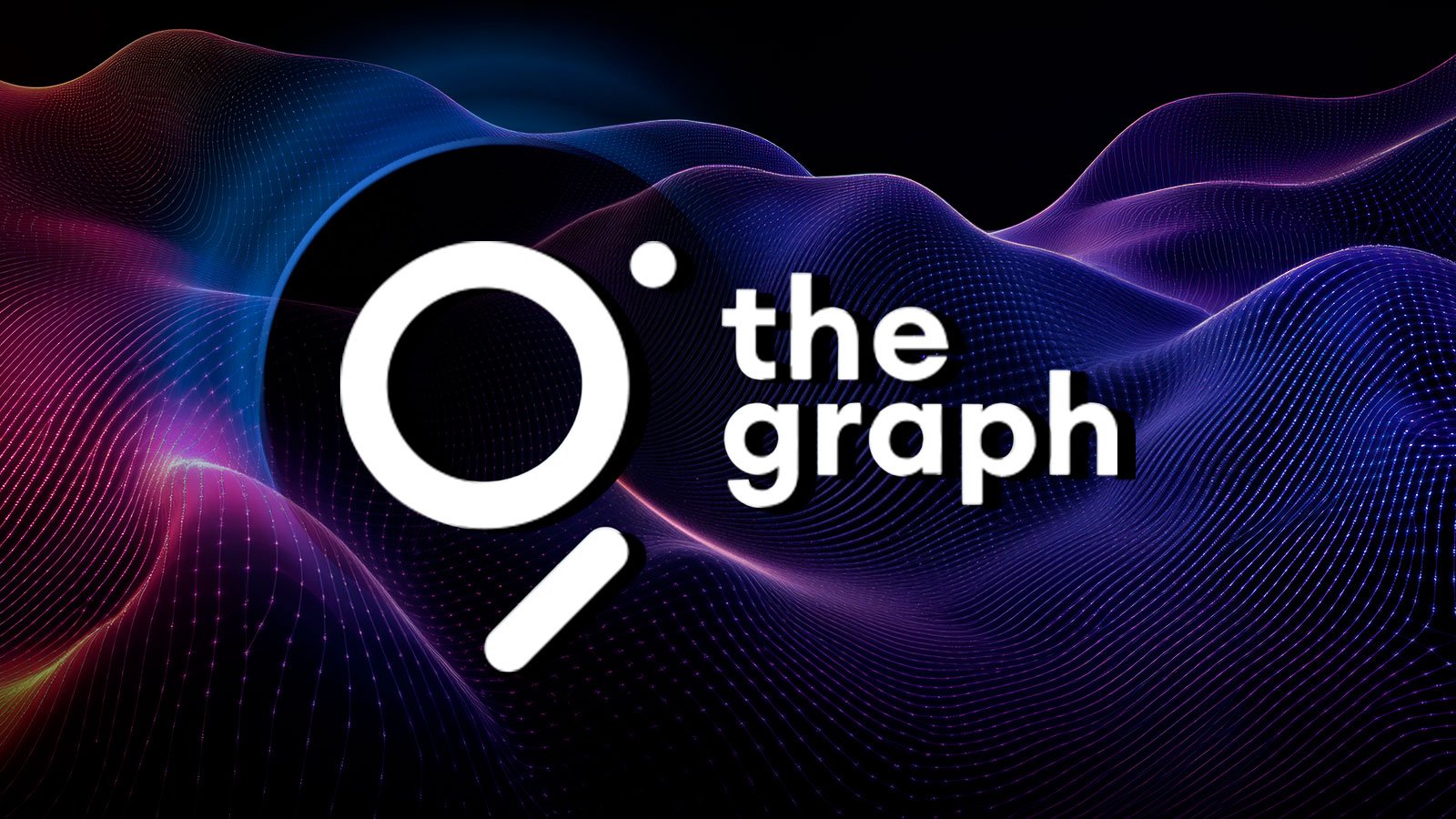


Leave a Comment